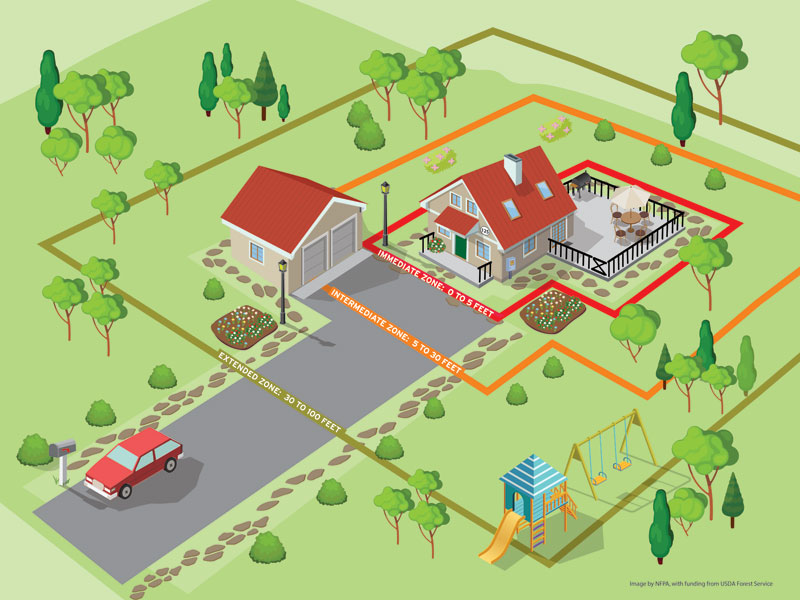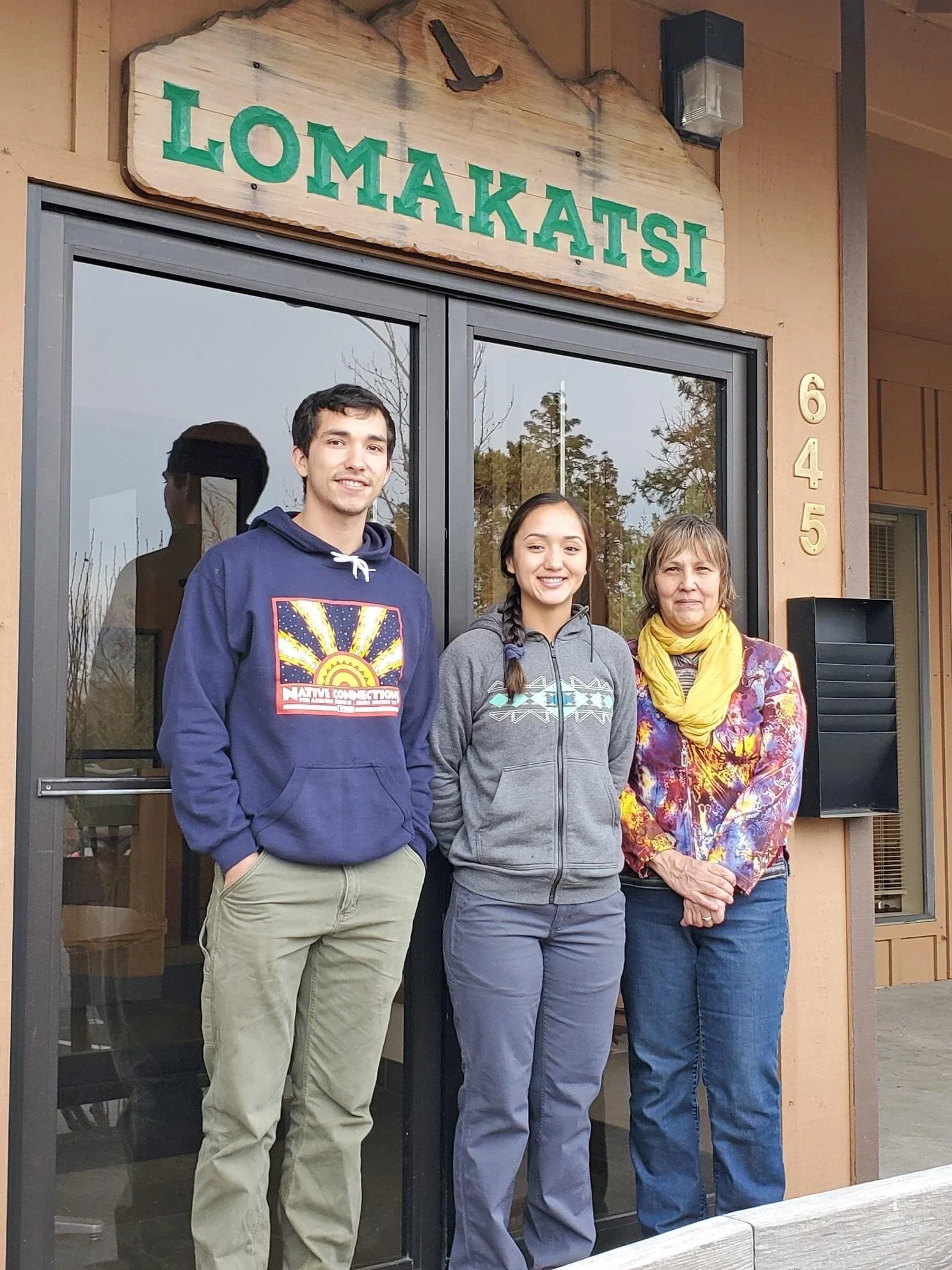The rate of development in forested and fire prone landscapes has left communities vulnerable. The final webinar in our Summit focuses on defensible space and available resources to help landowners minimize fire threats in the Wildland Urban (or Rural) Interface.
Read MorePresentations and video from “The First, Best Stewards: Aboriginal Fire and the Klamath Siskiyous” webinar exploring topics on the cultural landscape of the Klamath-Siskiyou ecoregion, fire ecology, indigenous stewardship practices, colonialism and its impact on the land and people, and climate change impacts.
Read MoreThe landscapes we cherish today may look significantly different in the decades to come. In the second webinar from the Fire & Climate Summit, panelists speak to the need for climate adaptation strategies to drive conservation and land management decision making in this time of rapid environmental change.
Read MorePresentations and video from the first Fire & Climate Summit webinar on preparing for fire season during a global pandemic, featuring panelists Chris Dunn, Chris Chambers, and Pam Marsh.
Read MoreClimate smart principles result in a rethinking of the management goal of restoration of forest conditions to the historic range of variability since future conditions may be very different and outside that historic range.
Read MoreWildfires respond to weather, topography and fuels. We cannot control the weather, the topography is pretty static, what we can manage is the fuels. In the Wildland Urban Interface (WUI) of Southern Oregon, that usually means residents will need to manage mixed conifer second growth. What follows is advice for property owners that live in those mixed conifer forests.
Read MoreSince time immemorial, Indigenous people have been developing sophisticated methods for tending the land, including the use of fire. Today we are encountering an “out of balance” landscape that has been left without the healing medicine of fire on the land. Native American Tribes and communities are working to integrate their knowledge and practices into Traditional Ecological Knowledge—including bringing fire back to the land in a good way.
Read More






